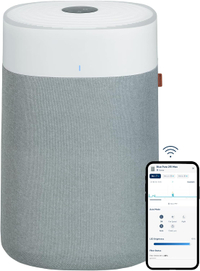5 things I wish I knew before buying an air purifier
What you need to know before investing in an air purifier
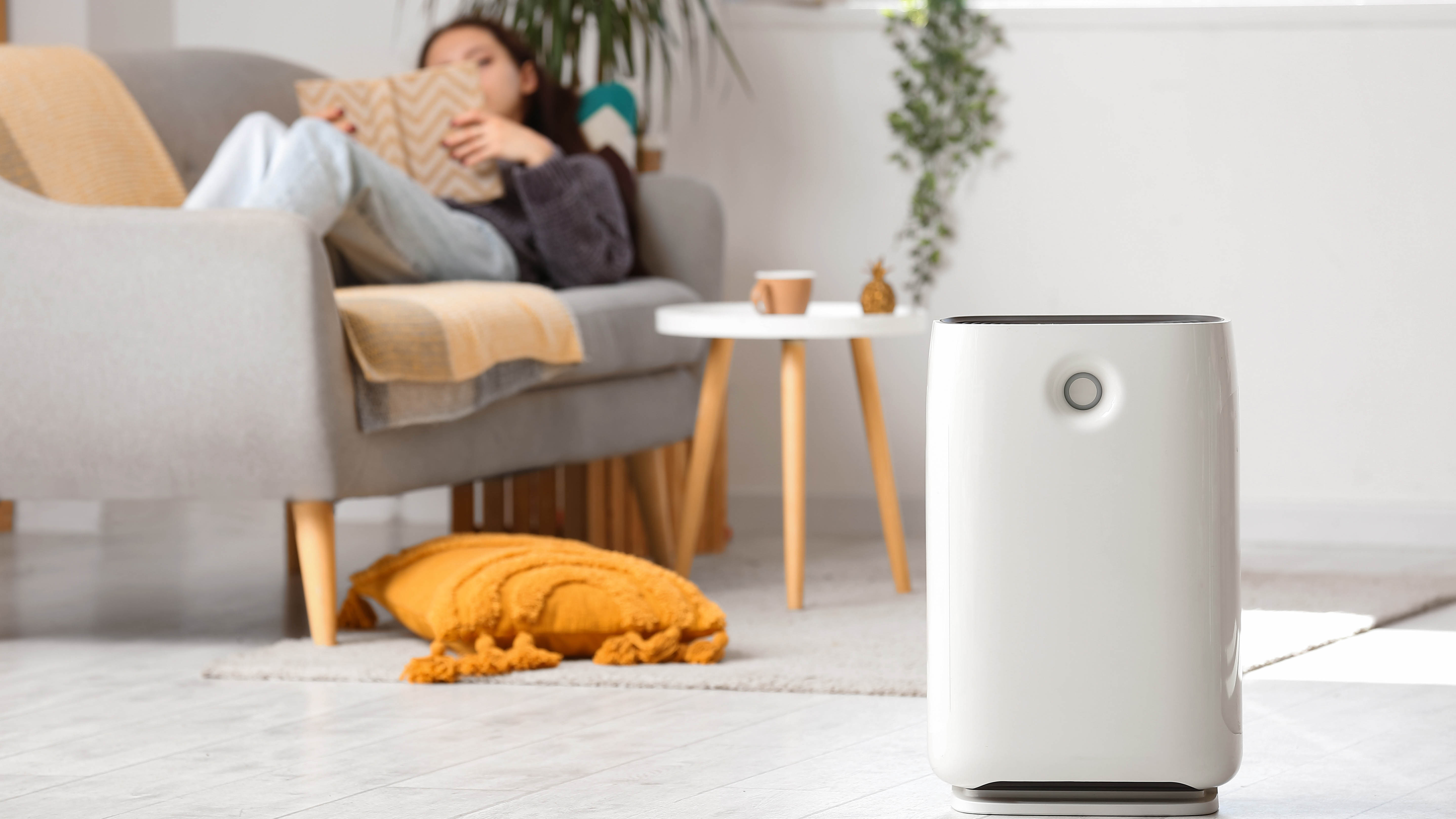
Whether you’re worried about air pollution in your area or suffer from seasonal allergies, having one of the best air purifiers can really make a difference. Not only do they quickly filter airborne pollutants, dander and in some cases, bacteria, but can remove nasty odors, improving indoor air quality.
And as someone who’s suffered with hay fever and dust allergies since childhood, my air purifier has proved to be an essential in my home. But while I’m happy to have cleaner air, there are a few things I wish I knew before buying an air purifier.
Knowing how to choose the right air purifier for your household and needs can be tricky, especially since there are so many different types on the market. And while these all have the same purpose, there is no single air purifier that's right for everyone. What’s more, just because it’s an expensive model doesn’t mean it’s any more effective than a cheaper model. That’s why it’s important to do your research before investing in such an appliance.
So before you splash out, here are some key things to check first before buying an air purifier.
1. Check the CADR ratings
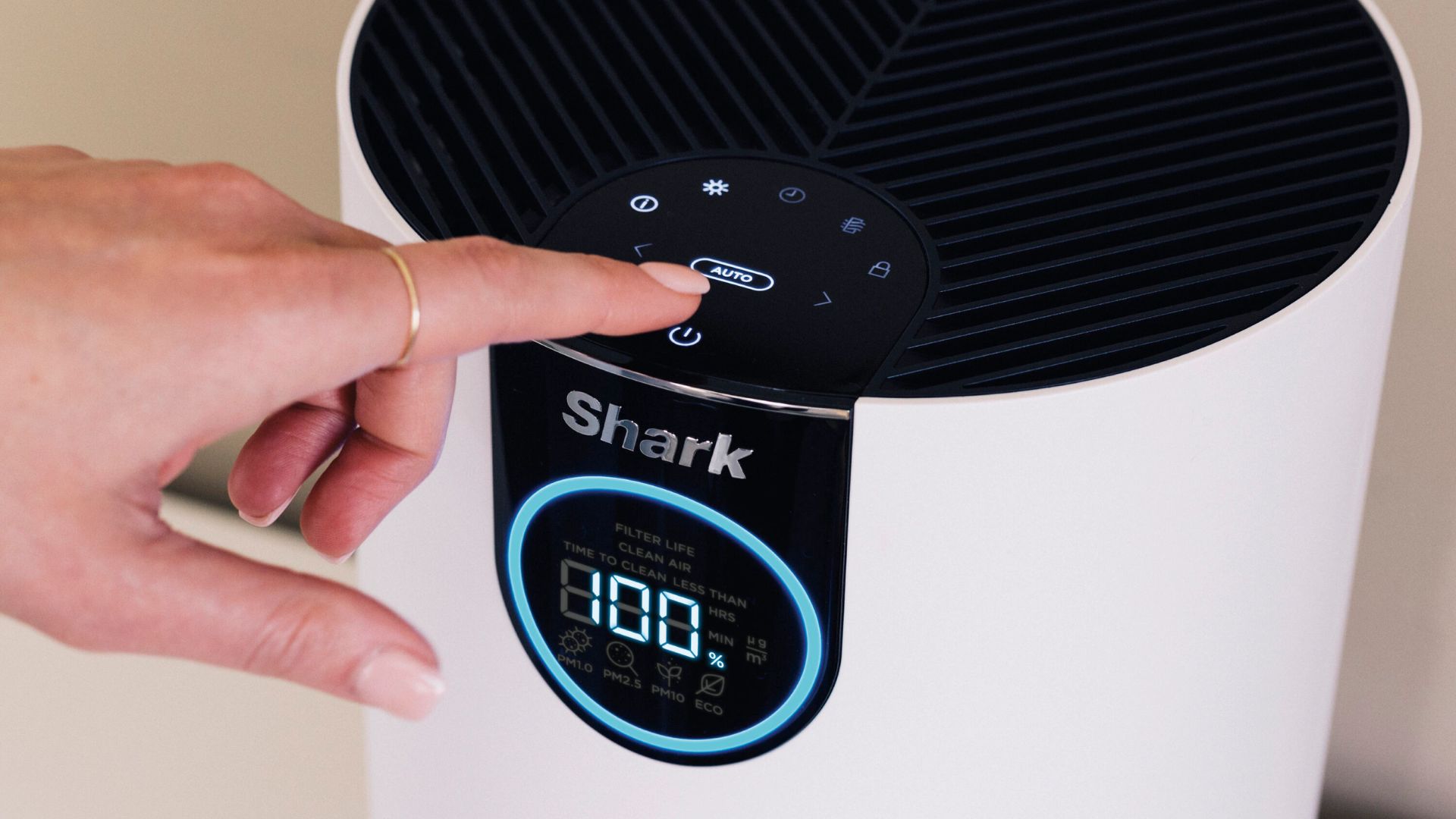
The CADR rating (clean air delivery rate), is an important rating that often gets overlooked when buying an air purifier. This measures how effective filters are at removing smoke, dust, and pollen particles between 0.10 to 11 microns from the air.
Essentially, the higher the CADR rating, the more effective it is in removing pollutants, allergens and cleaning your air overall. Similarly, air purifiers with a high-efficiency particulate air (HEPA) filter is a good indicator of having a high CADR.
Ideally, you’ll want the highest CADR number for optimum performance, which will also be dependent on room size too. Experts recommend buying an air purifier with a clean-air delivery rate of at least 300, and steer clear from any air purifier with a CADR below 100. For more information, here are the minimum CADR ratings the Environmental Protection Agency recommends by room size.
Sign up to get the BEST of Tom's Guide direct to your inbox.
Get instant access to breaking news, the hottest reviews, great deals and helpful tips.
2. Buy the right size for your room
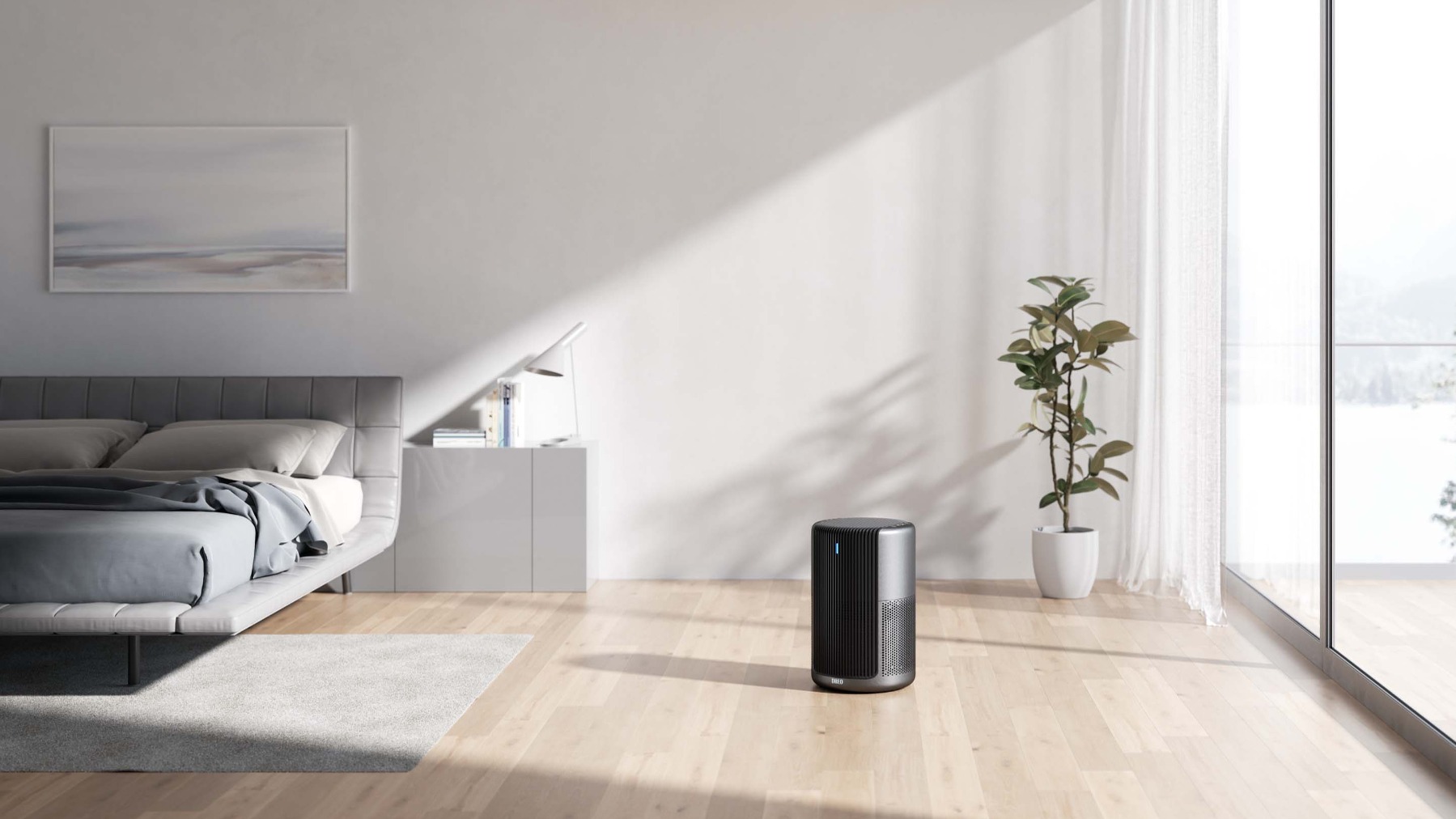
Another thing that I hadn't considered before buying was the dimensions of the room it needs to go in. This information should be on the manufacturer’s guidance/specs.
Generally, the CADR of your air cleaner should be equal to at least two-thirds of the room’s area, and the standard aim is to clean a full room’s worth of air in 15 minutes. For instance, a 300-square-foot room would need an air purifier with a CADR of 200 or so, assuming ceilings were 10 feet high and any doors and windows were closed.
So rather than just going for aesthetic design, fancy specs or the most expensive model, check the dimensions first to get the best performance.
Blueair offers some of the most effective air purifiers on the market. This is Wi-Fi enabled, so you can monitor and control it remotely, and it’s a quiet operator at 23 dB on its lowest setting. There are three fan speeds to choose from and it suits rooms up to 3048 sq. ft. The 5 year warranty is useful too.
3. Place it correctly in the room
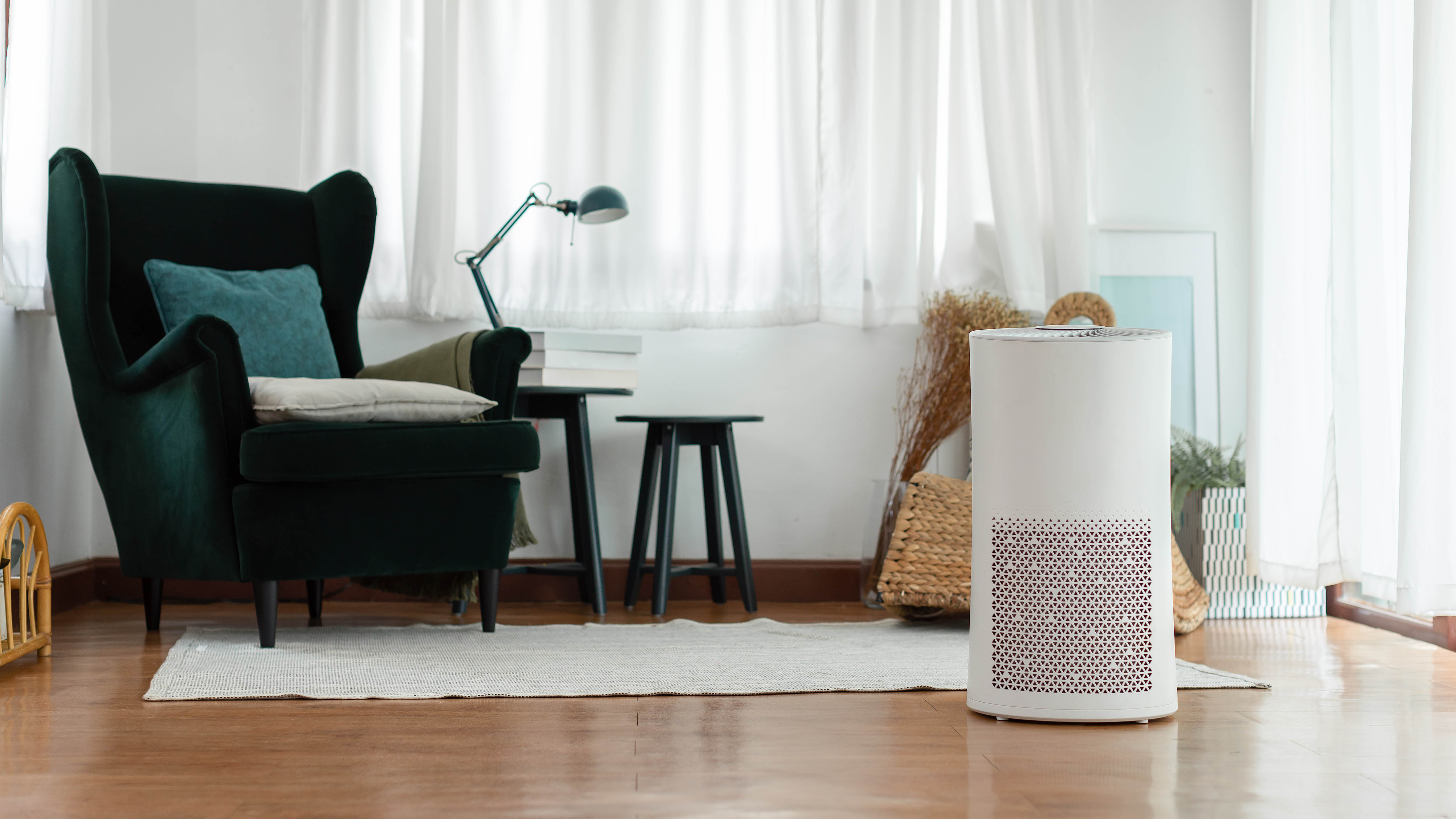
There’s been much debate about where an air purifier should be placed. The general consensus is that you place an air purifier centrally in the room. This will allow it to circulate effectively and purify the air from all directions. So avoid leaving it in a corner or against a wall.
Additionally, while you can leave air purifiers on carpets, always ensure the appliance is stable, on a flat surface to prevent tipping over — especially if it's a taller/tower model.
4. How heavy is your air purifier?
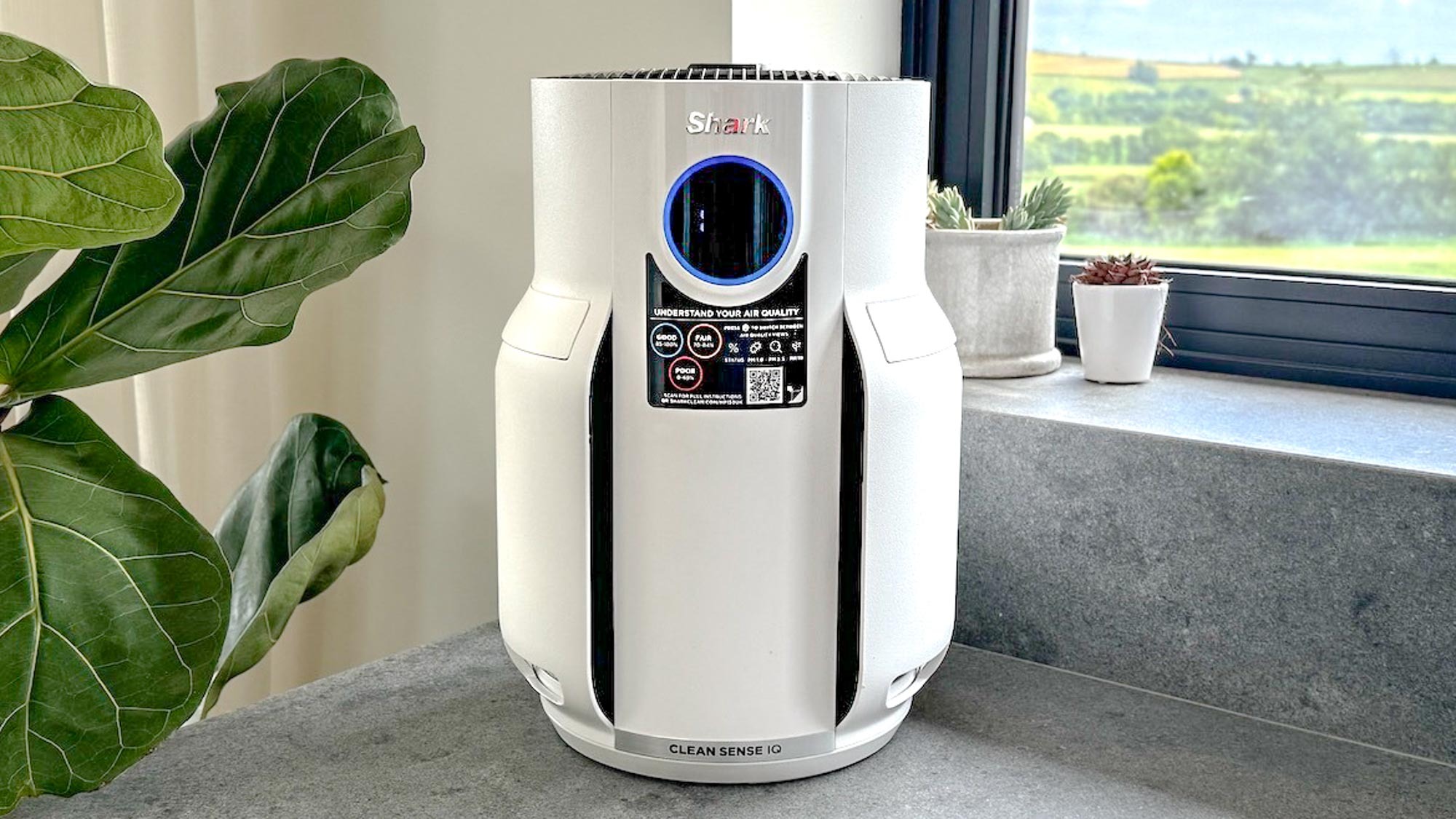
If you want to move your air purifier around the home or upstairs, the last thing you want is to struggle. As well as covering the size of your room, consider the weight of your air purifier, portability and how easy it is to carry.
Typically, floor air purifiers that are large or heavy are best left stationary and only moved when necessary. However, there are some portable models that come with casters or wheels.
Depending on the room size, you can also get lightweight, space-saving air purifiers that measure around 30cm in height or as light as 7.2 pounds like the Shark NeverChange — which came tops as our best compact air purifier.
5. How noisy is it?
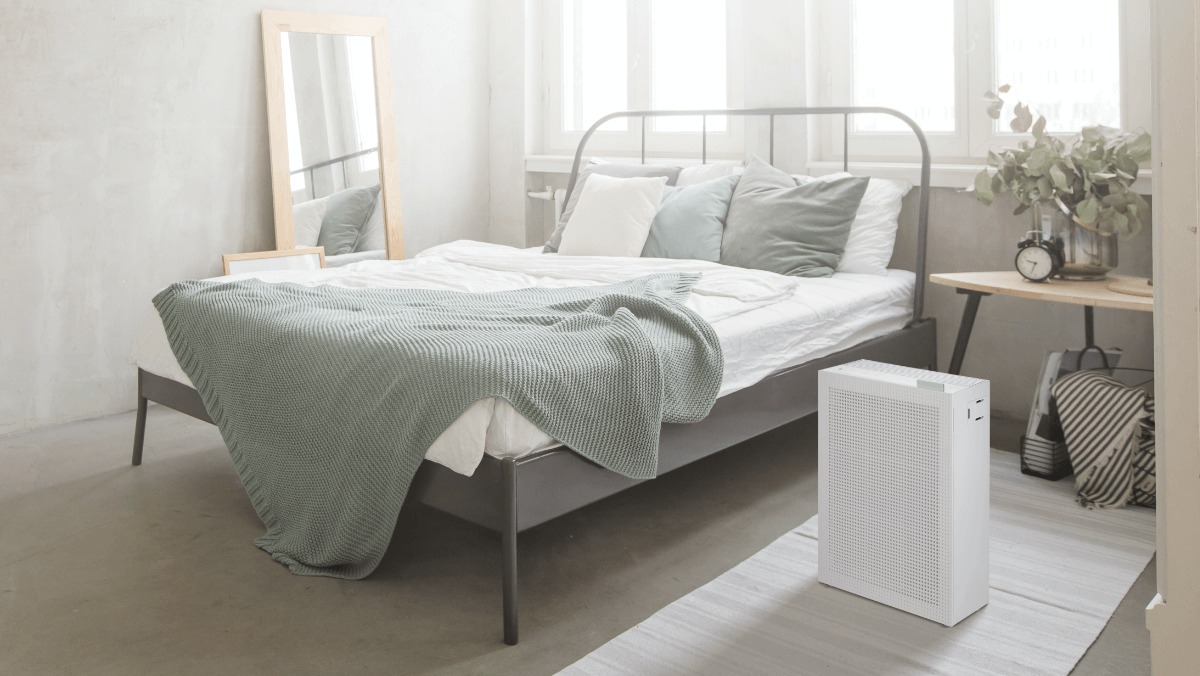
Another thing to consider before buying an air purifier is the noise levels. Ideally, air purifiers should offer a quiet hum when running, however, depending on the fan speed, this can increase the noise. Since some air purifiers are nosier than others, always check the dB (decibel) of the model to give you an idea of how loud it will be.
Typically, adjusting the fan to a lower speed will reduce noise. However some models have an Auto setting that will adjust according to the high levels of pollutants in the air. You might want to consider this before going to sleep or if you simply want peace and quiet in the home.
More from Tom's Guide

As the Homes Content Editor, Cynthia Lawrence covers all things homes, interior decorating, and garden-related. She has a wealth of editorial experience testing the latest, ‘must-have’ home appliances, writing buying guides and the handy ‘how to’ features.
Her work has been published in various titles including, T3, Top Ten Reviews, Ideal Home, Real Homes, Livingetc. and House Beautiful, amongst many.
With a rather unhealthy obsession for all things homes and interiors, she also has an interior design blog for style inspiration and savvy storage solutions (get rid of that clutter!). When she’s not testing cool products, she’ll be searching online for more decor ideas to spruce up her family home or looking for a great bargain!
